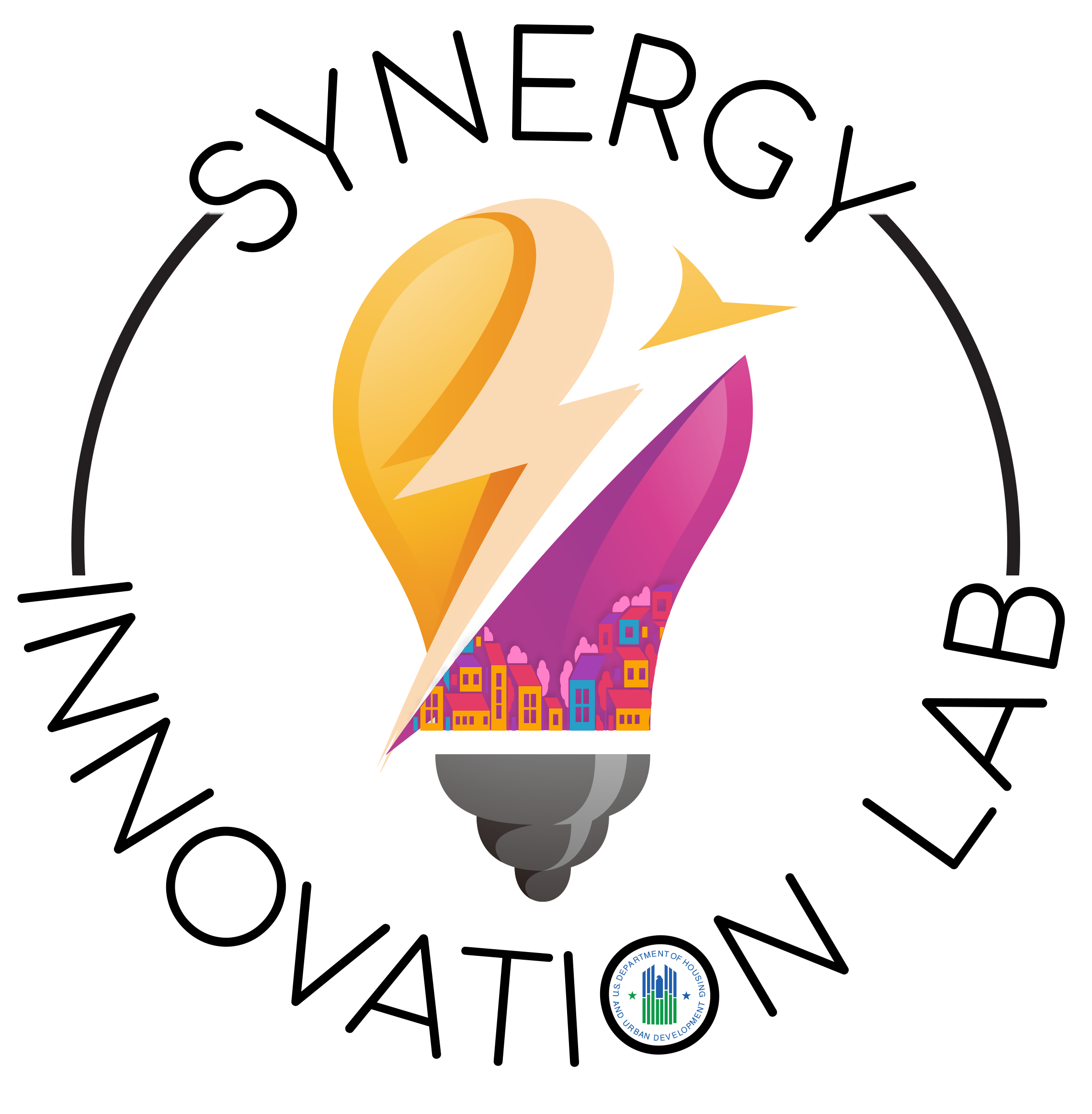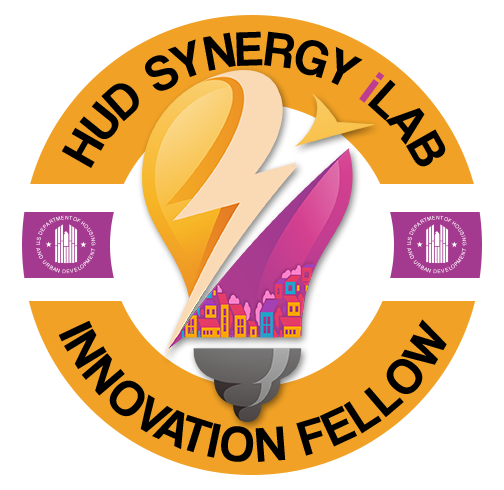Research Methods and Tools_
Improving Customer Experience (OMB Circular A–11, Section 280)
Research Methods and Tools_
OMB: 2511-0001


 ADDENDUM
1
ADDENDUM
1
HBCU Student Homeownership
Research
Methods & Tools for Interviews
Record Keeping
The research team will collect signed consent forms (Addendum 2) from each participant, either electronically or paper-based prior to scheduling the interview. Participant names and other PII will be logged into a participant management spreadsheet for schedule purposes only. This spreadsheet will be stored on HUD’s secured systems within the HUD TEAMS FY23 HUD Innovation Lab Group (iLab) Group project. The consent forms will be stored in a separate folder from the spreadsheet. Access to the participant management spreadsheet and the consent forms will be limited to the project team lead for the project’s duration. Once the project is completed, only iLab leads will have access to these records.
Each participant will be coded with an identifier of P1 for participant 1, and so on to include labeling and ensure each participants identity is concealed. Subsequently, all materials with participant data will only be labeled with the code identifier. Each participant’s consent form will have the code identifier.
During the conversation, one member will utilize a HUD issued laptop transcription. The interviewer will identify the interview with the code identifier assigned and it will never contain any PII. After the conversation, the transcription will be stored on HUD’s secured systems within the HUD TEAMS FY23 iLab within the project. Access to conversation notes will be limited to project team innovation members and the iLab management team.
Research Conversation Roles
Aligning roles and responsibilities before the conversation is key to facilitating a seamless, respondent-centered ethnographic discussion.
Interview Lead: will be the designated speaker and facilitate the discussion. While other researchers will have the opportunity to ask follow-up questions at the end, the facilitator will be the primary leader of the conversation.
Note-taker/Transcriber: The Note-taker/ Transcriber will use a HUD issued laptop as a transcription tool.
Observer: The Observer will capture key insights and assist the Lead as needed.
-
Interview Roles in Practice
Interview Lead
Note-Taker/ Transcription
Observer
Brief introductions
Small talk
Overview of purpose
Asks questions
Thank participants for their time
Records all notes
Records what the respondent is saying verbatim
Records key quotes in the conversation
Notes any visible actions related to body language or attitude
Listen attentively and only join when invited at the end with clarification or follow-up questions
The respondent is the expert
Avoid leading questions
Look for stories
Use the respondent’s own words
Use silence strategically (wait 3 – 5 seconds after they’ve stopped talking)
Make notes on things you want to follow-up on
Keep track of timestamps for key quotes
Document responses to support the Note-Taker for lengthy or important responses
Keep track of questions you gather for follow-up or key ideas for synthesis
Document the unstated, including body language and voice changes
All Roles:
Debrief conversation (individuals): Clean notes, highlight key stories, soundbites, and initial insights
Debrief conversation (team): Discuss observations, interesting stories, and quotes
Brainstorm insights at the end of each day and align on key takeaways
Define key focus areas for following conversation
HUD | Draft & Deliberative
| File Type | application/vnd.openxmlformats-officedocument.wordprocessingml.document |
| Author | Stienstra, Aaron M. EOP/OMB |
| File Modified | 0000-00-00 |
| File Created | 2024-09-06 |
© 2025 OMB.report | Privacy Policy